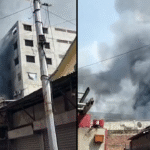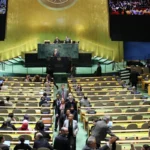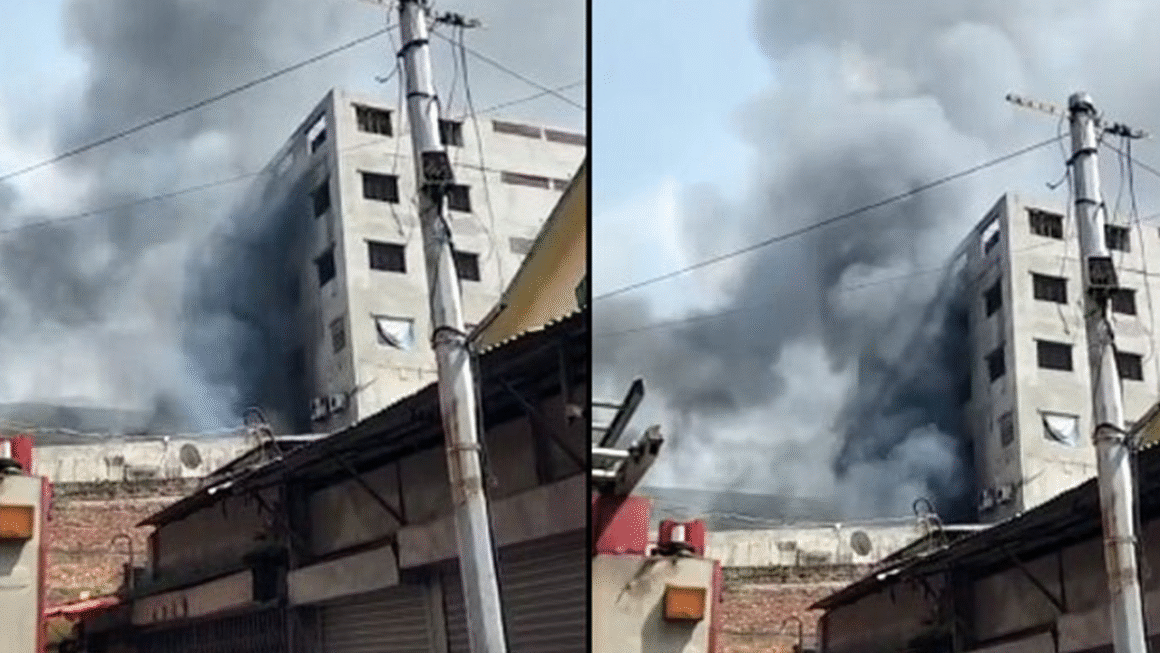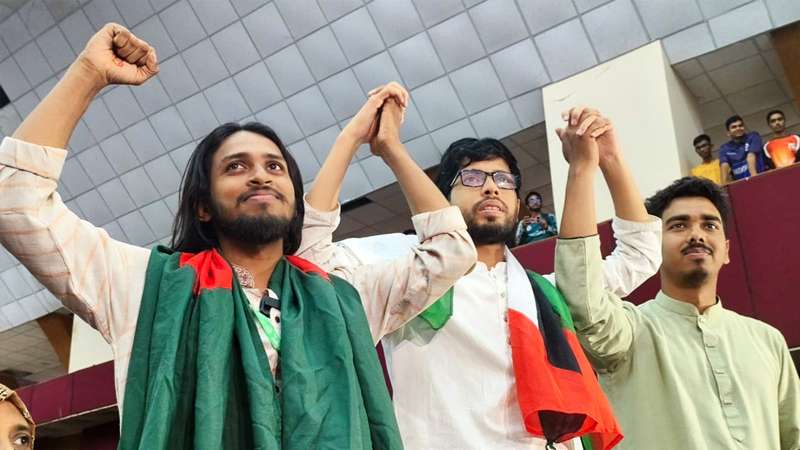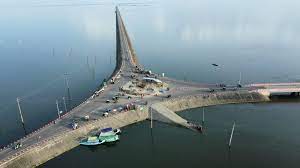 Introduction to Hawraonchol-
Introduction to Hawraonchol-
Hawraonchol is one of the many beautiful rural villages scattered across Bangladesh that reflect the true essence of the country’s heartland. Nestled amid lush greenery and tranquil water bodies, Hawraonchol offers a glimpse into traditional Bangladeshi village life, with its unique culture, history, and vibrant community spirit.
This blog dives deep into everything you need to know about Hawraonchol — from its geographic location to its cultural heritage, local economy, lifestyle, and potential for tourism development. Whether you are a traveler, researcher, or just a curious reader, this comprehensive guide on Hawraonchol will enrich your understanding of rural Bangladesh.
Geographic Location and Natural Setting-
Hawraonchol is situated in a fertile plain, typical of Bangladesh’s delta region. The village is blessed with rich alluvial soil, making agriculture the backbone of the local economy. Surrounded by rivers and canals, the landscape of Hawraonchol features serene water bodies, paddy fields, and groves of trees that provide shelter to native birds and wildlife.
The village experiences a tropical monsoon climate, characterized by hot, humid summers and mild winters. The annual rainfall supports the cultivation of staple crops and sustains the village’s biodiversity.
Historical Overview of Hawraonchol-
The history of Hawraonchol is deeply intertwined with the broader history of rural Bangladesh. The village’s origins date back several centuries when settlers established small communities along riverbanks to benefit from fertile lands and water access.
Over time, Hawraonchol grew as an agricultural hub with traditions passed down through generations. The community has witnessed major historical changes, including colonial rule, independence movements, and social transformations, all shaping its cultural fabric.
Culture and Traditions in Hawraonchol-
Culture in Hawraonchol is vibrant and rich with customs that reflect Bengali heritage. Festivals such as Pohela Boishakh (Bengali New Year), Eid, and religious fairs are celebrated with enthusiasm, involving music, dance, and traditional foods.
Handicrafts and folk art are also prevalent, with villagers engaging in weaving, pottery, and embroidery as part of their cultural identity. The communal spirit is strong; social gatherings, storytelling sessions, and village meetings are regular occurrences that strengthen bonds.
Economy and Livelihood-
Agriculture remains the primary source of income for most residents of Hawraonchol. The fertile soil allows for the cultivation of rice, jute, vegetables, and pulses. Besides farming, fishing from the nearby rivers and ponds contributes significantly to the local economy.
In recent years, some villagers have diversified into small businesses such as shops, handicraft sales, and transportation services. Remittances from family members working in cities or abroad also support the village’s economy.
Education and Social Development-
Hawraonchol hosts a few primary and secondary schools that provide basic education to children. While educational facilities are improving, challenges such as teacher shortages and infrastructure gaps remain.
Several NGOs and government programs have initiated projects to improve literacy, healthcare, and women’s empowerment in the village. The community is gradually progressing toward better social standards while preserving its traditional lifestyle.
Transportation and Accessibility-
Although Hawraonchol is rural, it is connected by a network of local roads and waterways that facilitate movement. Rickshaws, bicycles, and boats are common modes of transport for short distances.
For longer travel, villagers rely on buses and trains from nearby towns and cities. Improved connectivity has enhanced access to markets, healthcare, and education, contributing to overall development.
Natural Beauty and Tourism Potential-
Hawraonchol’s scenic beauty and tranquil environment make it a potential spot for eco-tourism. The lush greenery, riverside views, and traditional village life offer visitors an authentic experience of Bangladesh’s countryside.
Community-based tourism initiatives could promote homestays, cultural tours, and nature walks, providing additional income to residents while preserving their environment and heritage.
Challenges Faced by Hawraonchol-
Despite its charm, Hawraonchol faces challenges common to many rural areas:
- Limited healthcare facilities leading to health risks
- Seasonal floods affecting agriculture and housing
- Lack of modern infrastructure such as reliable electricity and internet
- Youth migration to cities causing labor shortages and demographic shifts
Addressing these issues is essential for sustainable development and improving villagers’ quality of life.
The Future of Hawraonchol-
The future of Hawraonchol looks promising with ongoing efforts in rural development, education, and infrastructure. Government initiatives, combined with NGO participation and community engagement, are slowly transforming the village.
Investments in eco-tourism, small industries, and improved farming techniques could elevate the economic status of Hawraonchol while retaining its cultural identity.
Conclusion-
Hawraonchol is a beautiful representation of Bangladesh’s rural soul — a place where tradition meets resilience, and nature coexists with culture. It holds vast potential as a site for cultural tourism, sustainable agriculture, and community development.
Understanding and supporting villages like Hawraonchol is vital for Bangladesh’s holistic growth. Preserving its heritage while embracing modernity can pave the way for a vibrant, prosperous future for the village and its people.
FAQs about Hawraonchol-
Q: Where is Hawraonchol located?
A: Hawraonchol is a rural village situated in Bangladesh, known for its fertile lands and proximity to rivers and canals.
Q: What is the main occupation of Hawraonchol residents?
A: Most residents depend on agriculture, cultivating rice, jute, and vegetables, along with fishing and small businesses.
Q: Does Hawraonchol have educational facilities?
A: Yes, there are primary and secondary schools in the village, though improvements are needed in infrastructure and resources.
Q: Is Hawraonchol suitable for tourism?
A: Yes, its natural beauty and traditional lifestyle make it ideal for eco-tourism and cultural tourism initiatives.
Q: What challenges does Hawraonchol face?
A: The village faces challenges like limited healthcare, seasonal flooding, infrastructure gaps, and youth migration.
Q: How can visitors reach Hawraonchol?
A: It can be accessed by local roads and waterways, with connections to nearby towns via buses and trains.

